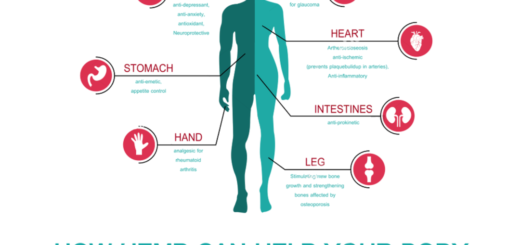Features and Benefits of the KABC-II NU Assessment
The Kaufman Assessment Battery for Children, Second Edition Normative Update (KABC-II NU) was published in 2018, and has the same strengths as the KABC-II while providing more recent normative data, reflecting the population changes of children residing in the US.
The KABC-II NU has a theoretical base covering a broad spectrum and is the instrument that many professionals choose for cognitive assessments. It has detailed and accurate information with unprecedented flexibility.
History
The KABC was developed from two areas of neuropsychological theory. It merges Sperry’s 1968 thoughts on left brain/right brain research and its effects on cerebral specialization with Luria’s 1966 work with sequential, simultaneous processing dichotomy in cognitive psychology.
It focuses on processes that a person needs to problem solve rather than verbal versus nonverbal content. The KABC is principally derived from a strong theoretical basis and was one of the first intelligence assessments to be based on neuropsychological theory.
One of the most significant things about the KABC is that it yields smaller-than-average differences in scores than what professionals initially thought were typical among African American and European American groups. This becomes particularly relevant when assessing different ethnicities.
Features
The KABC-II is individually administered and measures the processing and cognitive abilities of children ages three to eighteen. It is a theory-based tool like the original KABC but differs conceptually in its framework and exam structure.
The original KABC grounded itself in a simultaneous and sequential processing approach while the KABC-II involves two theoretical models that are distinct but work closely together. This dual theoretical foundation involves the use of the Cattell-Horn-Carroll psychometric model with Luria’s neuropsychological theory of processing.
Benefits
The examiner gets to choose which model to follow. While the CHC model works well for children from more mainstream language and cultural backgrounds, Luria’s model excludes verbal ability and works well when Crystallized Ability is not an indicator of a child’s cognitive abilities.
Administering the Luria model takes roughly twenty-five to sixty minutes, and delivering the CHC model takes approximately thirty to seventy-five minutes.
This ensures that the examiner gets the data he or she needs for each individual, while the cultural fairness of the assessment helps to examine diverse groups, even those who are bilingual or ESL.
The KABC-II NU allows for meaningful error analysis on each subtest and a strong emphasis on useful qualitative inhibitors. The age range allows one test for each age group including preschool, elementary, and high school.
These features and benefits allow the KABC-II NU to be flexible enough in assessing the mental abilities of each child’s unique cultural and linguistic background. It can incorporate or exclude the verbal ability and is updated to accurately represent demographics including gender, race, ethnicity, region, and parent education level at each age level of the children.
The most important benefit of the KABC-II NU is that the children receiving the assessment enjoy the tasks because each subtest engages children at their ability level with colorful manipulatives. This ensures faster testing and more accurate results.
To purchase materials or for more information on the features and benefits of the KABC-II NU, visit WPS.




